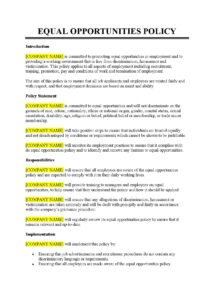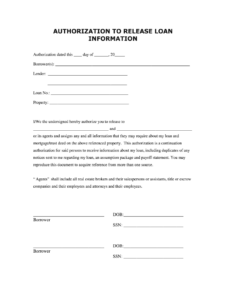Writing functional requirements can be a daunting task, but it’s essential for ensuring that your software or system meets the needs of its users. A functional requirements template can help you organize your thoughts and ensure that you’re capturing all of the necessary information. There are many different functional requirements templates available online, but not all of them are created equal. Some templates are too complex, while others are too simplistic. It’s important to find a template that is tailored to your specific needs.
In this article, we’ll provide you with a free functional requirements template that is easy to use and understand. We’ll also provide some tips on how to use the template to write effective functional requirements.
What Are Functional Requirements?
Functional requirements define the specific tasks that a software or system must be able to perform. They describe the observable behavior of the system, without specifying how the system will achieve that behavior. For example, a functional requirement might state that “the system shall allow the user to create, edit, and delete documents.” This requirement does not specify how the system will implement this functionality, but it does define what the system must be able to do.
Functional requirements are typically organized into a hierarchy, with high-level requirements decomposed into more detailed requirements. This hierarchy helps to ensure that the requirements are complete and consistent. It also makes it easier to manage and track the requirements throughout the development process.
Functional requirements are a critical part of the software development process. They ensure that the software meets the needs of its users and that it is developed in a way that is consistent with the business goals.
How to Write Functional Requirements
Writing functional requirements can be a challenging task, but it’s important to take the time to do it right. The more detailed and specific your requirements are, the more likely it is that the software will meet your needs. Here are a few tips for writing effective functional requirements:
- Start by identifying the stakeholders. The stakeholders are the people who will use the software or system. It’s important to understand their needs and expectations before you start writing requirements.
- Use clear and concise language. Avoid using technical jargon or ambiguous terms.
- Be specific and detailed. Don’t just state that the system “shall be usable.” Instead, provide specific details about how the system should be used.
- Organize your requirements into a hierarchy. This will help you to ensure that the requirements are complete and consistent.
- Get feedback from stakeholders. Once you’ve written your requirements, get feedback from stakeholders to ensure that they meet their needs.
By following these tips, you can write functional requirements that are clear, concise, and complete. This will help to ensure that the software meets your needs and that it is developed in a way that is consistent with the business goals.
Conclusion
Writing functional requirements is an important part of the software development process. By following the tips in this article, you can write functional requirements that are clear, concise, and complete. This will help to ensure that the software meets your needs and that it is developed in a way that is consistent with the business goals.
If you’re looking for a free functional requirements template, we encourage you to download our template below. This template is easy to use and understand, and it can help you to write effective functional requirements for your software or system.

